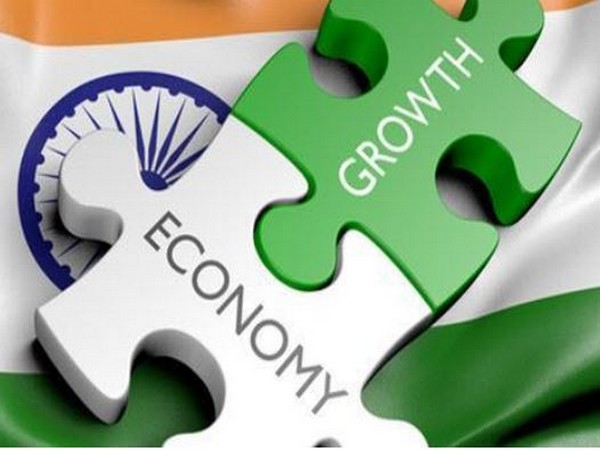Book takes critical look at Indian economy

- Country:
- India
A new book examines whether India can use the next 25 years, when it will reach the hundredth year of independence, to not only restructure its economy but rejuvenate its democratic energy and unshackle its potential to become a genuinely developed economy by 2047.
In ''Unshackling India: Hard Truths and Clear Choices for Economic Revival'', authors Ajay Chhibber and Salman Anees Soz argue that India can foster a prosperous and inclusive economy if it sets its mind to it, acknowledges the hard truths, and lays out the clear choices and new ideas India must adopt towards that end.
''What India needs is an aspirational goal. GDP targets - USD 5 trillion or even USD 10 trillion - do not inspire the broader citizenry,'' the book, published by HarperCollins Publishers India, says.
According to the authors, China is a huge threat, so catching up with China could be one motivation.
''While China's economy has done well - its social and political development hardly warrants emulation. For India, becoming a developed country - in all aspects, economic, social and political -by 2047, the 100th year of its independence, could be such a goal,'' they write.
They suggest that 'Samriddh aur Sajit Bharat @100' (Prosperous and Inclusive India @100) is a slogan all political parties could sign up to.
India Inc. should aim to grow at home and abroad instead of looking for tweaks in tariffs and regulations to serve very narrow short-term interests, they say.
The authors lay out the key drivers of India's economic performance, highlight the likely impacts of challenges like climate change, share lessons of experience in economic development from around the world, and propose ambitious yet workable ideas to put India firmly on the path to shared economic prosperity.
During the Covid crisis, they say as expected, and in the absence of a good health system, governments across India resorted to the only tool at their disposal.
''New lockdowns ensued, guaranteeing a slowdown in economic activity and prospects of further misery for the poorest and most vulnerable sections of society. When the government released the GDP data for the FY20-21, it also noted that the final January-March quarter saw a growth rate of 1.5 percent. That was good news, but it was tempered by the realization that the second wave of the virus would snuff out that incipient recovery,'' the book says.
Chhibber and Soz feel a new set of reforms and measures are needed.
''In the meantime, the global environment has become more difficult. With the global economy getting reshaped, fractures in global supply chains and prospects of a prolonged recovery period, India will have to navigate its way forward to grips with the implications of a slowing global economy as it deals with the fallout of the pandemic,'' they say.
They are of the belief that this crisis will present an opportunity to push ahead with genuine structural reforms that the economy desperately needs.
''India has been forced to reset by the COVID-19 crisis. Perhaps that is how India reforms - in response to crises. While COVID-19 may have set us back by several years (or longer), India could convert this into an opportunity to revitalize and structure our economic system for the future,'' they say.
(This story has not been edited by Devdiscourse staff and is auto-generated from a syndicated feed.)
ALSO READ
Australia's Strategic Rare Minerals Reserve Set to Counter China
The Diplomatic Maestro: Inside the Trade Negotiations of China's Li Chenggang
U.S. Raid in Venezuela: A Resounding Message to China
China's Military Dilemmas in Taiwan Tensions
US Proposes Heavy Tariffs on Russian Oil, Impacts on India & China Loom










